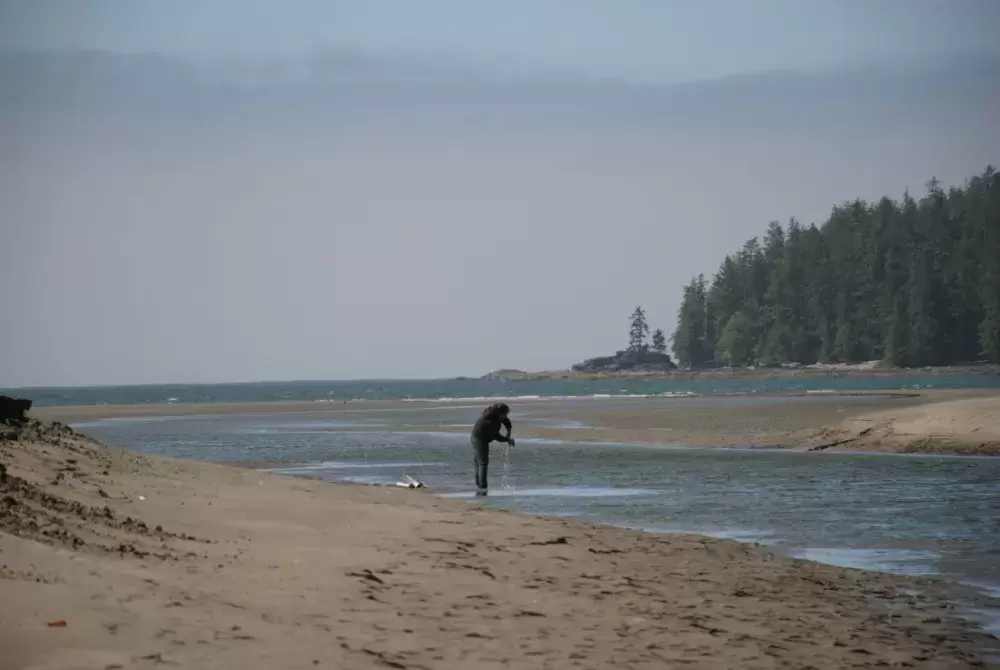The Big One is indeed coming.
But even earthquake experts like Honn Kao cannot accurately predict just when that might happen.
Kao, an earthquake seismologist with Natural Resources Canada who works out of an office in Sidney, has found himself answering numerous questions since Wednesday, July 3.
That’s when a 5.6 magnitude earthquake (originally reported as being a 6.1 magnitude) hit the Hadai Gwaii region. It was reported that earthquake was only lightly felt on Vancouver Island and on the mainland coast since its epicentre was about 200 kilometres west of Bella Bella and at a depth of 10 kilometres.
Since there has not been any recent devastating tremors on the West Coast, Kao said it is misleading to assume the area has been quiet of late.
“I wouldn’t categorize them as being quiet for some time,” he said.
Kao said noticeable earthquakes occur frequently in the area.
“It happens on a monthly basis,” he said. “But none of them are big enough for people who live onshore to feel them.”
Kao added B.C. does average one earthquake every single day, albeit ones that are not significant enough for most people to notice.
“But nobody tells you they feel an earthquake every day,” he said.
The majority of Canadians need not worry about experiencing a major earthquake in their community.
“We certainly know western Canada has a lot of earthquake activity compared to the rest of Canada,” Kao said.
The two largest earthquakes in Canadian history were both recorded in B.C. The last major one, and the second biggest ever registered in the country, was back in 2012 when a 7.8 magnitude earthquake hit Hadai Gwaii. The region also had the biggest earthquake in national history, one that was recorded as having an 8.1 magnitude, in 1949.
For many years now those living in B.C. as well as California have been anticipating the next Big One since they are located on the Cascadia fault. Experts knows this is where a major earthquake will hit one day.
“That’s a very important research topic for us,” said Kao of the devastating earthquake that will eventually hit. “We have spent a lot of research resources on this topic.”
Kao said in the past 3,500 years it has been determined that there have been seven megathrust earthquakes. A megathrust quake is a powerful one in which one of the earth’s tectonic plates is forced under another one.
Kao said since seven megathrust quakes have been recorded in 3,500 years, that would mean one occurs on average every 500 years.
“The interval between two events though is not constant,” Kao said.
He added the shortest time window between two megathrust quakes can be 250 years while the longest period can be up to 800 years.
Kao said researchers have precise evidence the last megathrust earthquake on the west coast occurred on Jan. 26 in the year 1700. Oral history recounts that this destroyed a Huu-ay-aht village in Pachena Bay.
“We’re 319 years into the next cycle,” he said. “We’re well into the 250-year cycle. We are getting closer and closer to the next one. But we are unable to reliably predict the timing of the next one.”
“We are very confident of where it can happen,” he said. “But the timing of it depends on a number of factors.”
Kao said in B.C. the Big One’s epicentre will be about 150 kilometres west of Vancouver Island, causing devastating tsumanis. But he’s not able to speculate what sort of damage and loss of life will result.
“That will be a job for emergency management services,” he said.








